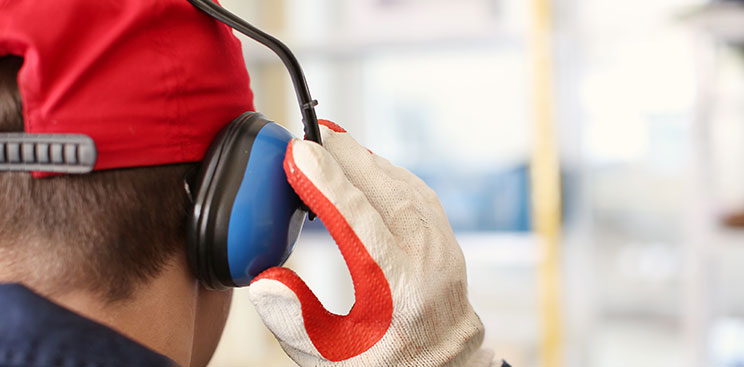Hearing Protectors Prevent Hearing Loss

Hearing loss is a permanent condition, and once it occurs, it cannot be reversed. This reality has led many individuals to invest in hearing protectors to safeguard their auditory health. The loss of hearing not only affects one of our most vital senses, but it can also contribute to a wide range of health complications, including cardiovascular, neurological, and digestive disorders.
When hearing is compromised, the body becomes more vulnerable to serious physiological conditions such as hypertension, diabetes, and even stroke. Protecting the ears from damage is therefore essential—not just for preserving hearing, but for maintaining overall health. Hearing protection plays a critical role in this effort.
Types of Hearing Protection
A variety of hearing protection devices are available, with earplugs being the most commonly used. These devices help block excessive sound from entering the ear canal, acting as a barrier against harmful noise levels.
For those seeking more tailored solutions, advanced hearing protectors are available in both filtered and non-filtered forms:
- Filtered protectors: Allow essential sounds—such as speech and ambient cues—to pass through, making communication easier while still reducing harmful noise.
- Non-filtered protectors: Offer stronger noise reduction but may hinder verbal interaction, making them less suitable for environments where communication is necessary.
Proper Use and Common Mistakes
Proper usage of hearing protectors is essential to ensure maximum effectiveness. Many individuals wear earplugs incorrectly or choose sizes that do not fit securely, which can cause them to slip out and reduce their protective capability.
Consistency is equally important—occasional or short-term use does not offer the same level of protection as regular, long-term application. Studies suggest that up to 25 percent of a hearing protector’s efficiency can be lost due to inconsistent use.
It is also important to understand that sound can travel through alternative pathways, such as vibrations, bone conduction, and gaps between the ear and the protective device. Even with hearing protectors in place, complete isolation from noise is not guaranteed.
Expert Recommendations
According to the World Health Organization, exposure to sound levels exceeding 75 decibels for eight hours a day can be harmful to hearing. While safety thresholds vary across organizations, none can guarantee absolute protection. The most reliable way to prevent hearing loss is to consistently use hearing protectors in any environment where noise levels may pose a risk.
